Mountains, beaches and 'perhaps a loch or two': The incredible Scottish estates at the price of a family home in Surrey
If you're after thousands of acres, a string of properties and breathtaking scenery — as well as incomparable sporting life — for the cost of a family home in the south east of England then a Scottish estate is the answer, says Holly Kirkwood.
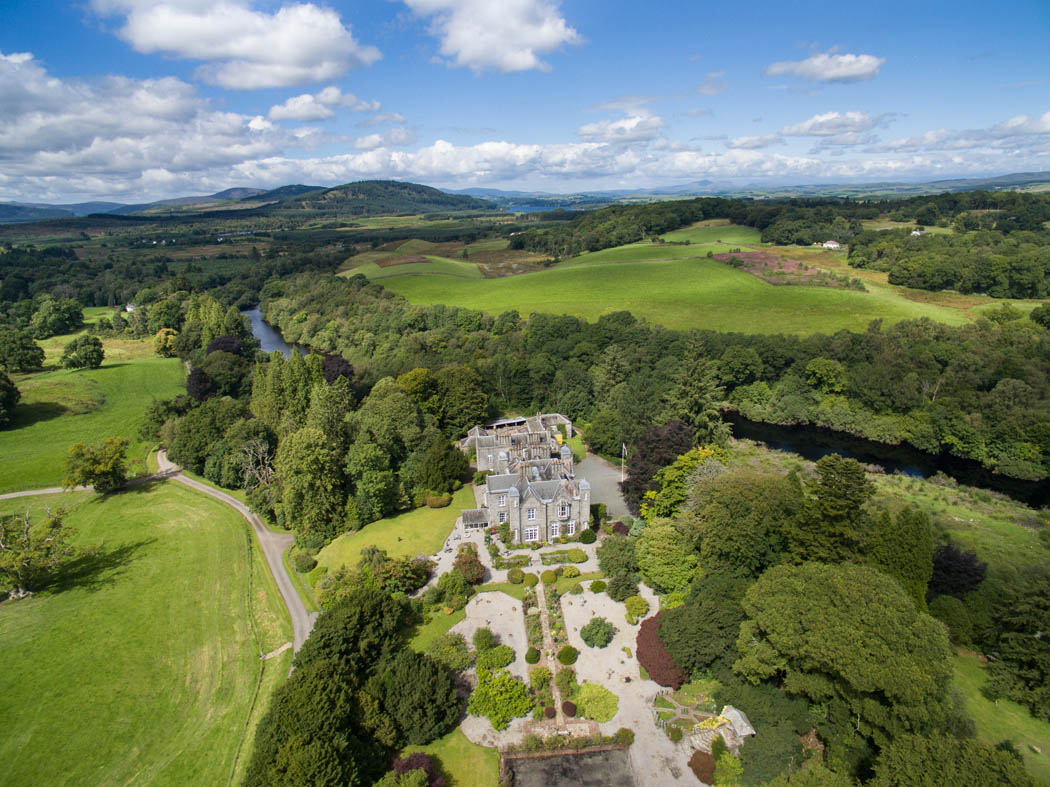

Is everybody burned out? You’d be forgiven for thinking so, as our lives are increasingly squeezed in between news alerts, emails and social-media pings — and that’s before we get into the office. Even on holiday we’re expected to be available 24/7, so it’s hardly a surprise if we’re frazzled.
Of course, the most successful among us like to reward themselves with respite from the madding crowds; a country estate offers privacy, peace and quiet and the giddy experience of calling thousands of acres of glorious countryside your own. And as the world becomes increasingly fast-paced, the wild landscapes and sheer scale of Scottish estates can start to look extremely appealing.
Evelyn Channing from Savills says she can certainly understand the draw: ‘Losing yourself in the back of beyond is a very effective antidote to our hyper-connected world,’ she remarks. Emma Chalmers of Galbraith thinks the Highlands, in particular, offer a beauty to which buyers really respond. ‘There is a real romance connected to the Scottish countryside,’ she says.
‘Since the days of Queen Victoria, Brits have fallen hard for the Highlands — the landscape is extremely therapeutic.’
In terms of what’s on offer, the sheer variety of the landscapes in Scotland mean that every single estate is different, as Mrs Chalmers points out: ‘Perthshire has pretty countryside, lots of lovely green trees and forests and fantastic salmon and trout fishing, as, up in the north, you find the heady drama of vast mountains and breathtaking views. To the west, you’re looking at owning some coastline and possibly a sea loch or two.’
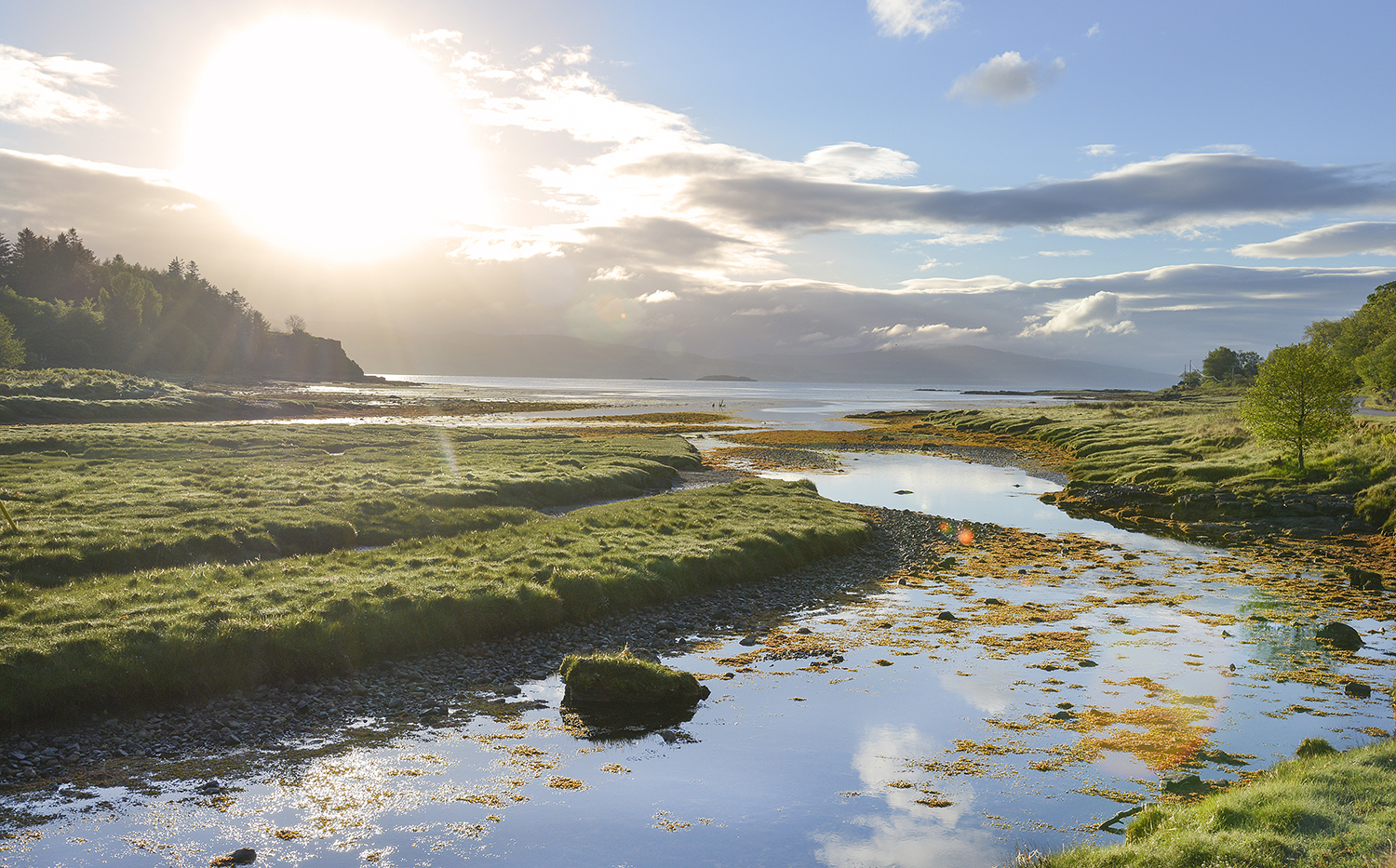
For those keen on sport, Scotland is the only place where you can literally have it all. ‘The all-round sporting estate, offering salmon, trout, red deer, grouse, pheasant, partridge, woodcock and snipe all in one spot, is something you can only really get north of the border,’ Mrs Channing explains. These estates also offer land on a scale unseen in the South; Mrs Channing’s largest estate sale to date was Loch Choire in 2016, which totalled 32,500 acres of jaw-dropping land in Sutherland.
In contrast, an English estate might offer some 5,000 or 6,000 acres and the property would be vastly more expensive. ‘The affordability factor certainly makes Scottish estates an attractive option,’ explains Tom Stewart-Moore of Knight Frank.
Sign up for the Country Life Newsletter
Exquisite houses, the beauty of Nature, and how to get the most from your life, straight to your inbox.
‘About £2 million could buy you a family house in the south-east of England or an estate offering thousands of acres, salmon fishing, a pheasant shoot, stalking and over a mile of terrific coastline up here.’
Of course, sport has traditionally been a huge draw for buyers in Scotland, but the value placed on these landscapes is no longer defined by the quality of the shooting or stalking. A clear policy shift towards sustainability and environmental concerns on behalf of both Defra and the Scottish Government means that the ‘natural capital’ of estates is becoming valuable in itself. ‘Buyers with an eye on futureproofing their assets can see that the direction of travel seems to be towards conservation,’ says Mrs Channing.
‘These lands — with their grasses, trees, water, deep bogs, minerals and even their air — could potentially become extremely valuable as agricultural subsidies are rethought and landowners are rewarded for protecting what’s left of our natural world.’
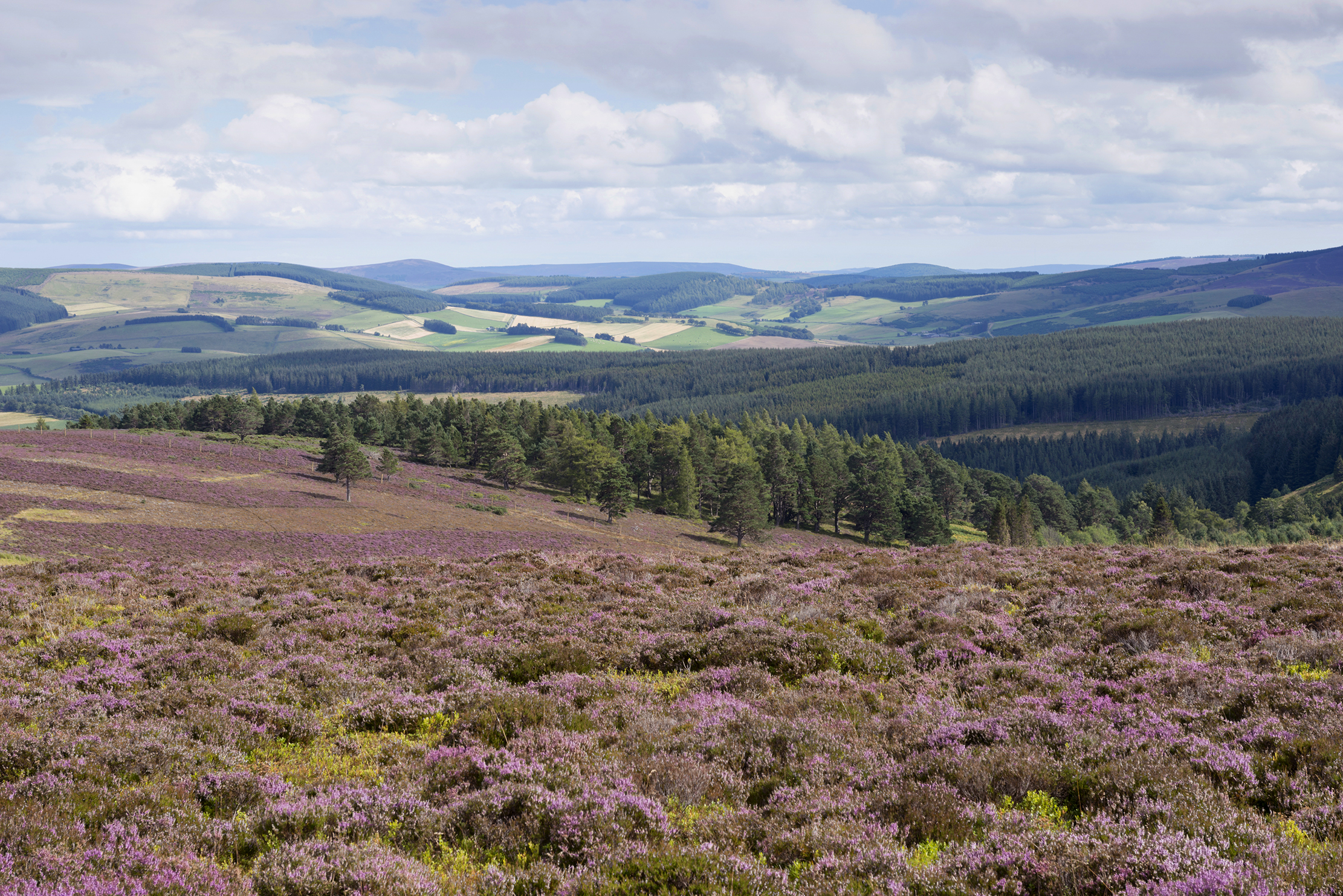
Mr Stewart-Moore agrees: ‘Our buyers are certainly keen to embrace the sustainability side of things. We have many new owners who want to plant trees in large numbers because it’s great for the environment, smart from a tax point of view and practical as the price of timber continues to rise.’
Mrs Chalmers says the younger generation especially is thinking in an entrepreneurial way. ‘They want to make the most of their land, whether it’s by investing in hydro power, starting a distillery or a farm shop or renovating the cottages as holiday houses. It’s wonderful because so many of these landscapes can have enormous potential.’
Only a handful of Scottish estates come onto the market every year and it can take time for a buyer to find what he really wants, according to Robert McCulloch of Strutt & Parker. ‘Each property offers different elements in very different locations, so buyers need to work out what their priorities are and go from there. Clarity is important,’ he advises.
In addition, finding an agent who knows their stuff is crucial for buyers, not least because, according to Mr McCulloch, between 10% and 20% of Scottish estate sales take place off market. Mrs Chalmers says this is because many vendors wish their business to remain private. ‘Selling an estate that has been in your family for centuries can be a very difficult thing to do,’ she explains. ‘Often, vendors would rather find a buyer privately.’
Stock levels across the country have been low for the past year or so, says Mrs Channing. ‘People seem to think there isn’t the appetite out there for estates and so don’t want to go to the market, but that is absolutely not the case,’ she says. ‘These properties are not merely exceptional venues for fieldsports in beautiful locations, but potentially a very smart investment in the future.’
Three great Scottish estates for sale
Hensol Estate — Dumfries and Galloway, £2.815 million
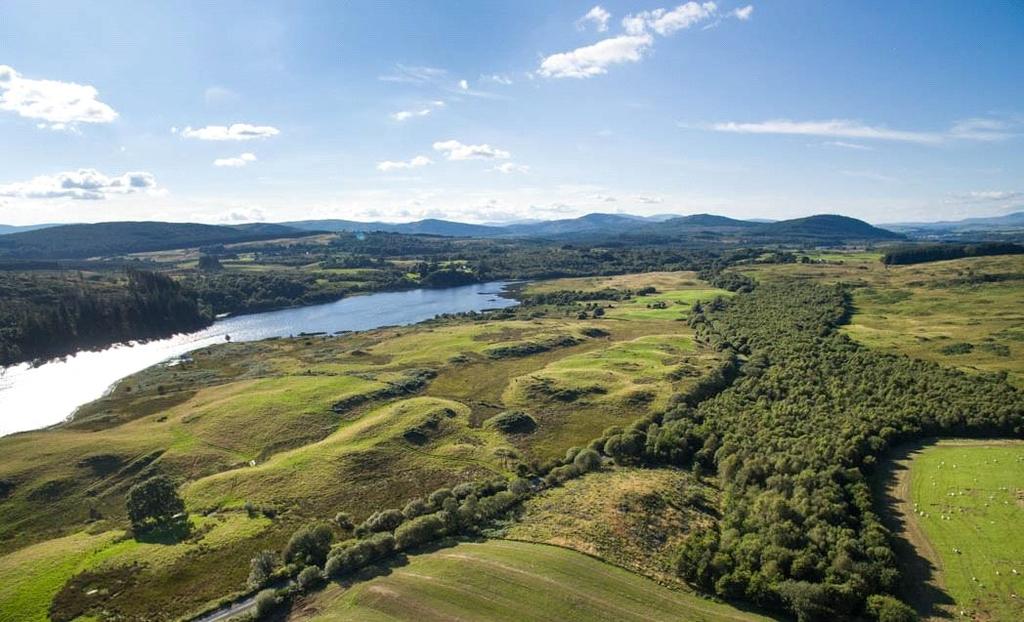
The Hensol Estate is a compact, accessible, coastal patch of 632 acres with a Category A-listed house and a superb landscaped garden at its heart. A pretty gate lodge, four cottages and a farmhouse with extensive outbuildings make up the rest of the properties.
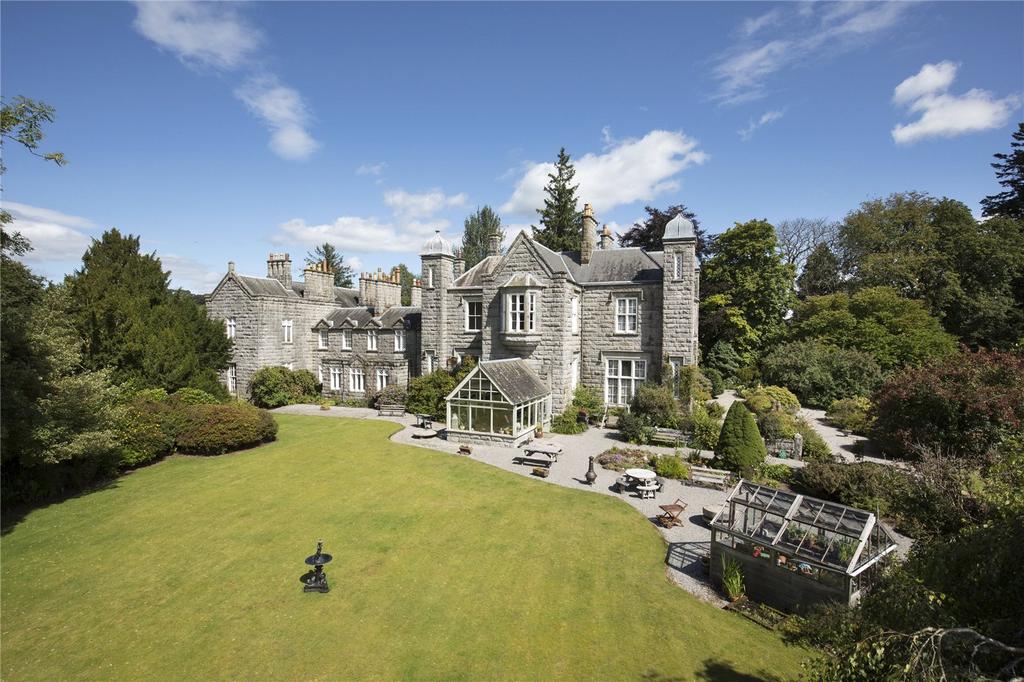
Almost a quarter of the land is given over to forestry and woodland and a well-regarded pheasant shoot was run at Hensol until 2012; there are also opportunities for woodcock, snipe and wildfowling, as well as brown-trout fishing. For sale at £2.815 million via Strutt & Parker — see more details and pictures.
Glenaros — Isle of Mull, £2 million
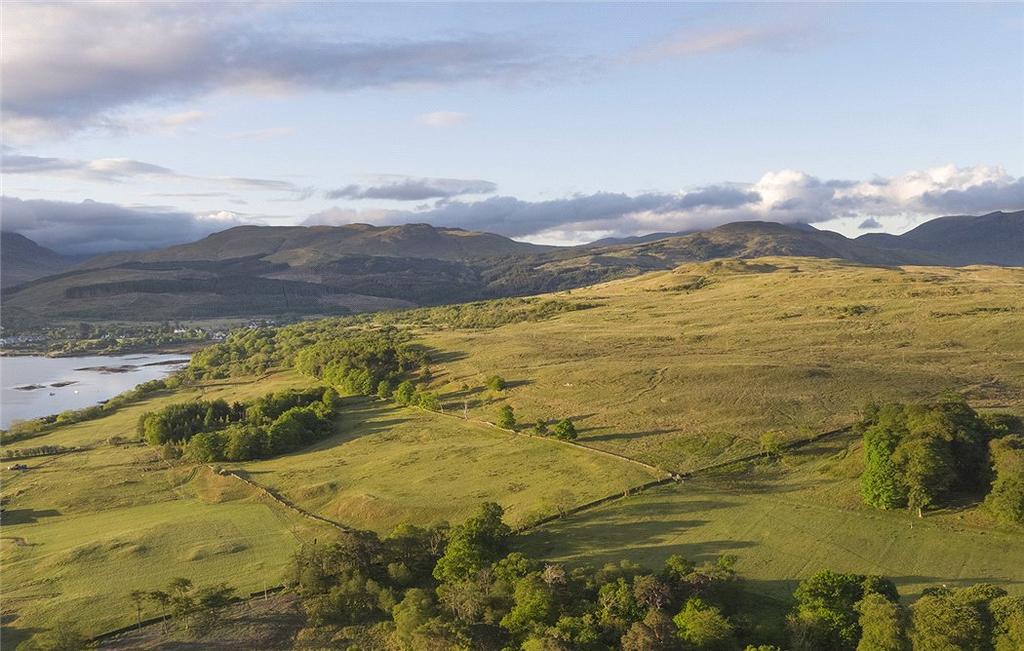
Glenaros is a 2,000-acre residential and sporting estate on the east coast of the island of Mull. It has 1.3 miles of coastline offering spectacular views of the Sound of Mull, a five-bedroom principal property, five additional properties and an in-hand farming enterprise.
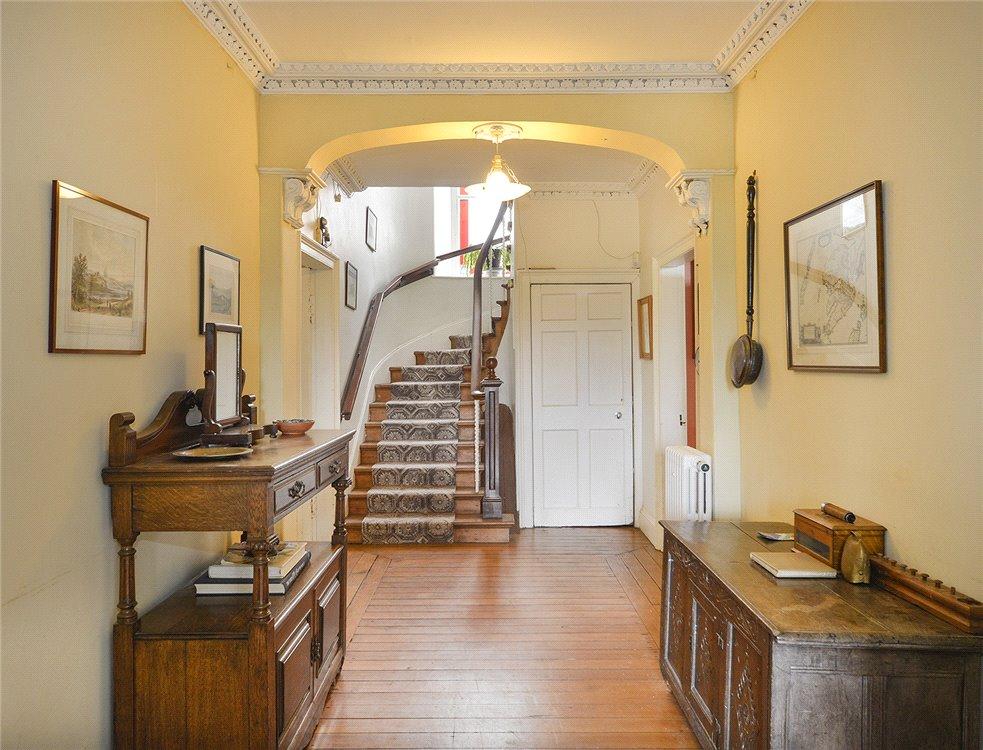
In terms of sport, there’s salmon and sea-trout fishing on the River Aros, a pheasant shoot and red-deer stalking in addition to woodcock and snipe, with wildfowling along the foreshore. For sale via Knight Frank — see more details and pictures.
Kildrummy Estate — Aberdeenshire, £9.5 million
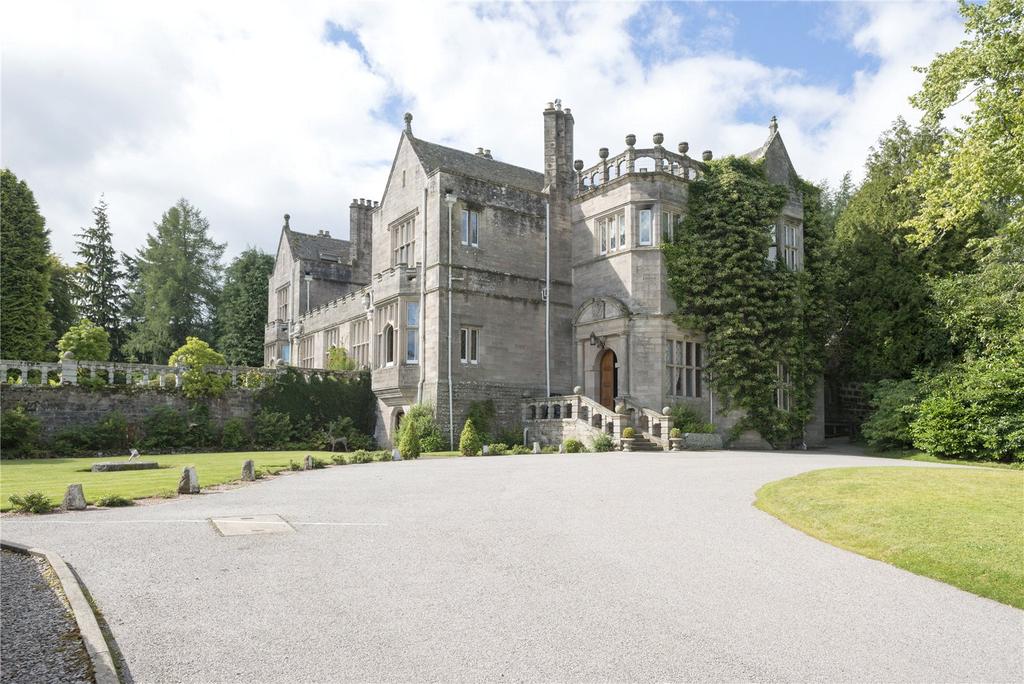
Spread over 5,500 acres, the Kildrummy Estate has not one, but two principal houses, plus about 2,000 acres of farmland and 1,300 acres of commercial forestry and native woodlands.
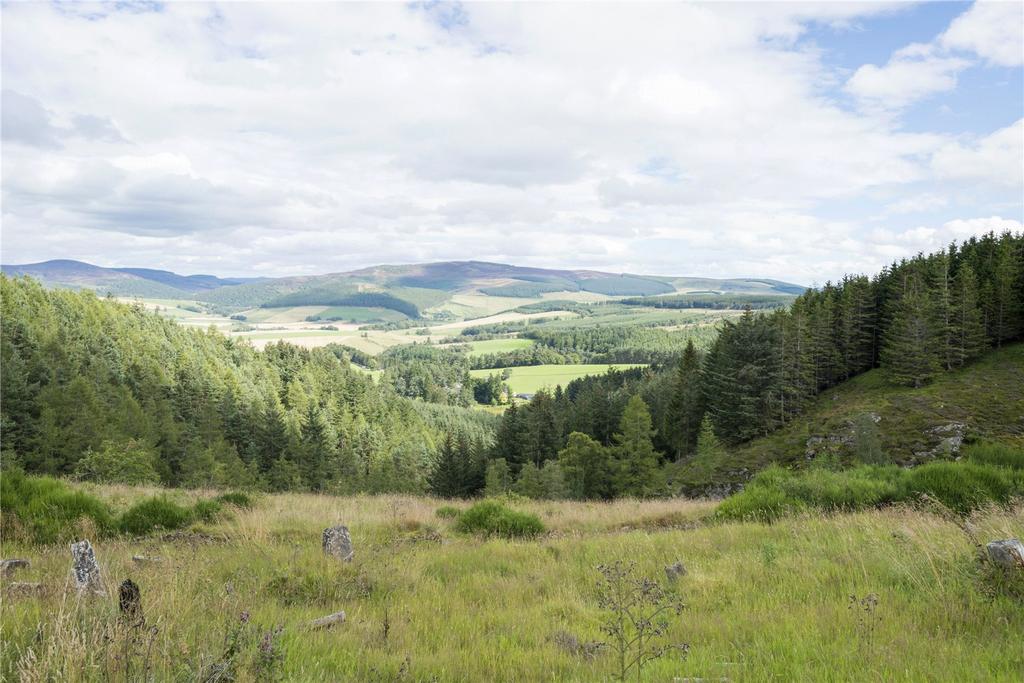
Sporting opportunities include salmon and trout fishing on the River Don, grouse shooting and deer stalking on the higher ground, and roe-deer stalking on the woodland fringe, all of which allows for year-round sport. For sale through Savills at £9.5m — see more details and pictures.
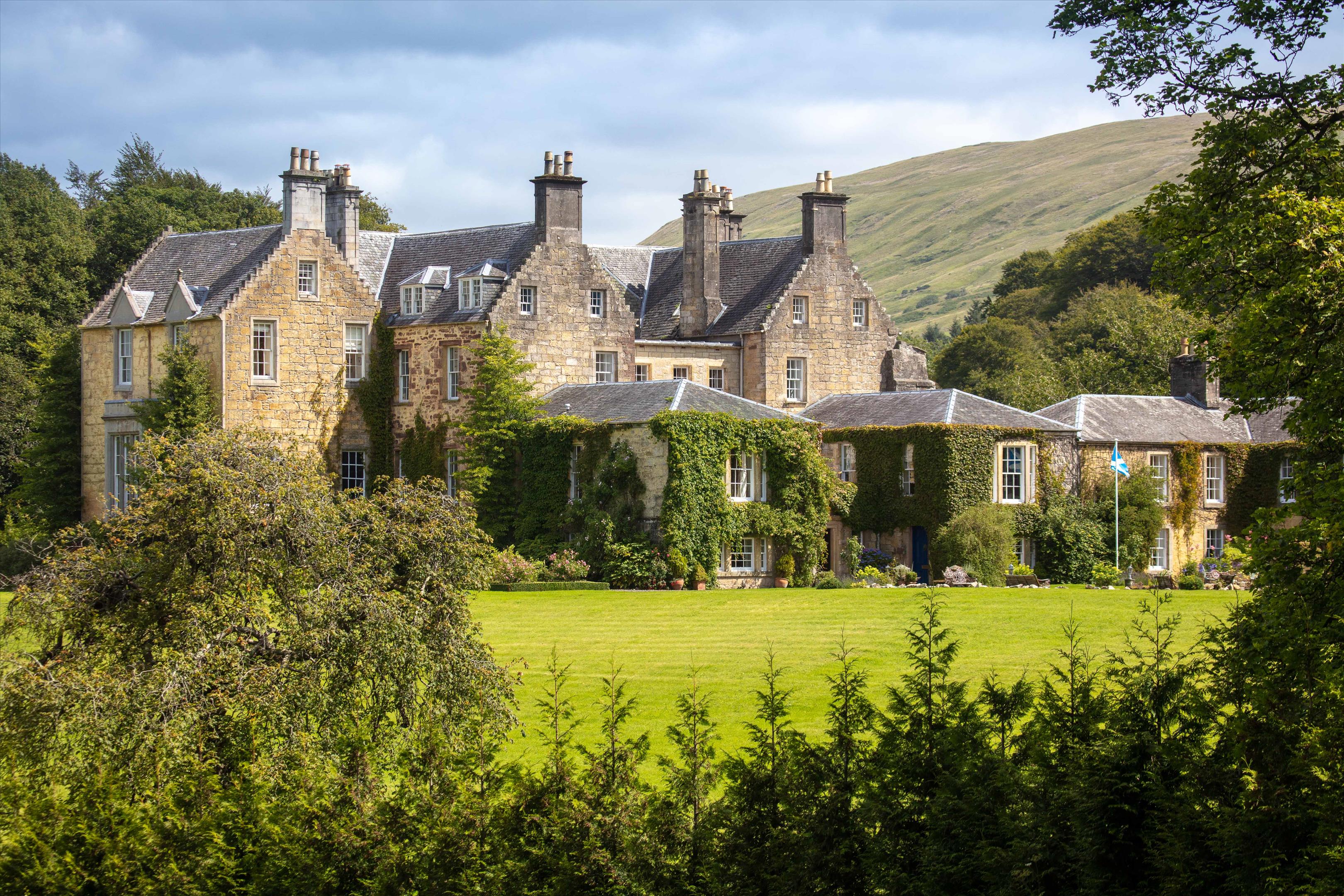
Spectacular Scottish castles and estates for sale
A look at the finest castles, country houses and estates for sale in Scotland today.
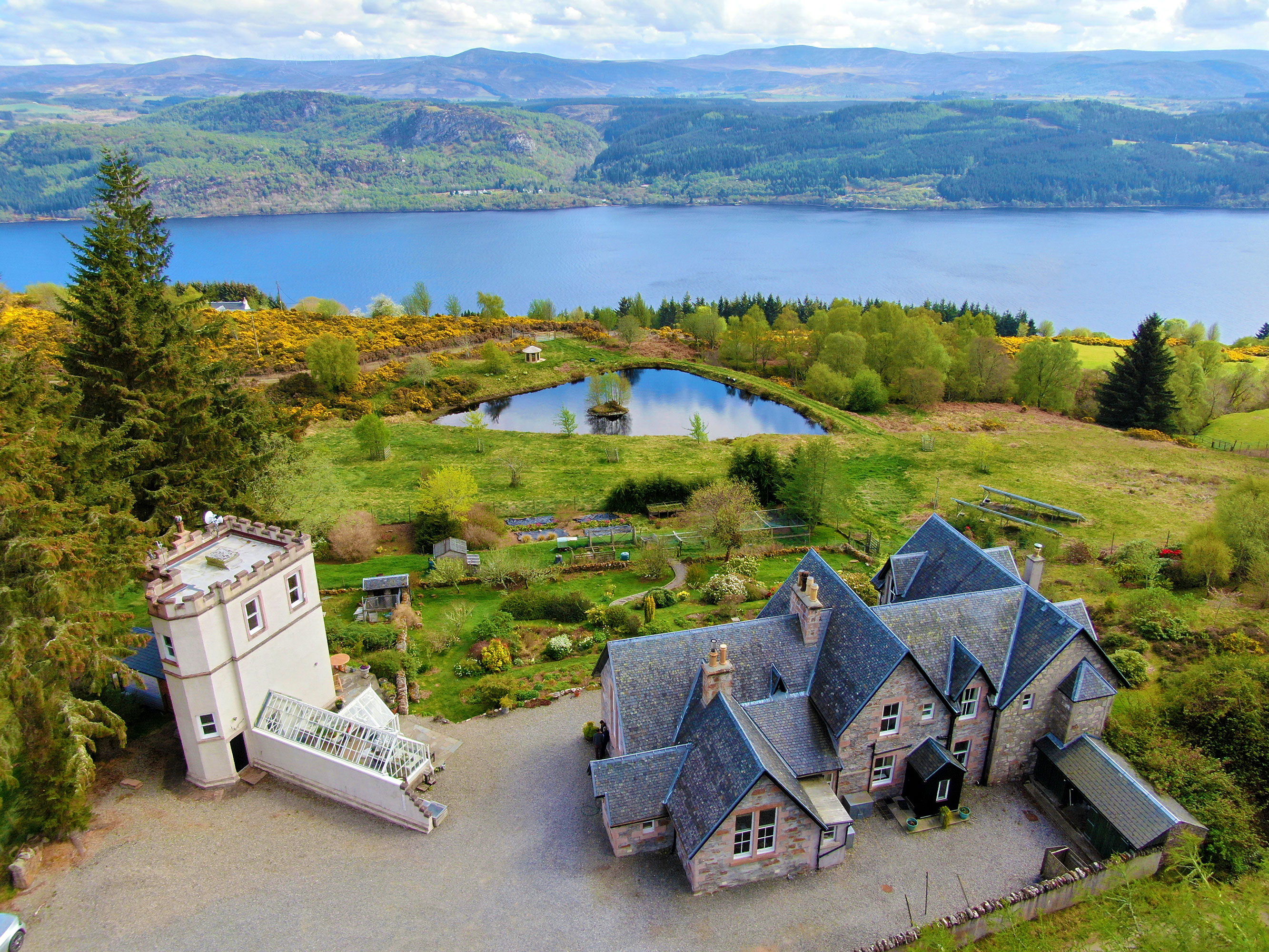
Credit: Strutt & Parker
An estate with glorious views and a library tower on the shores of Loch Ness
This spectacularly-located estate on the banks of Loch Ness offers grand accommodation, miles of land and a castellated tower with
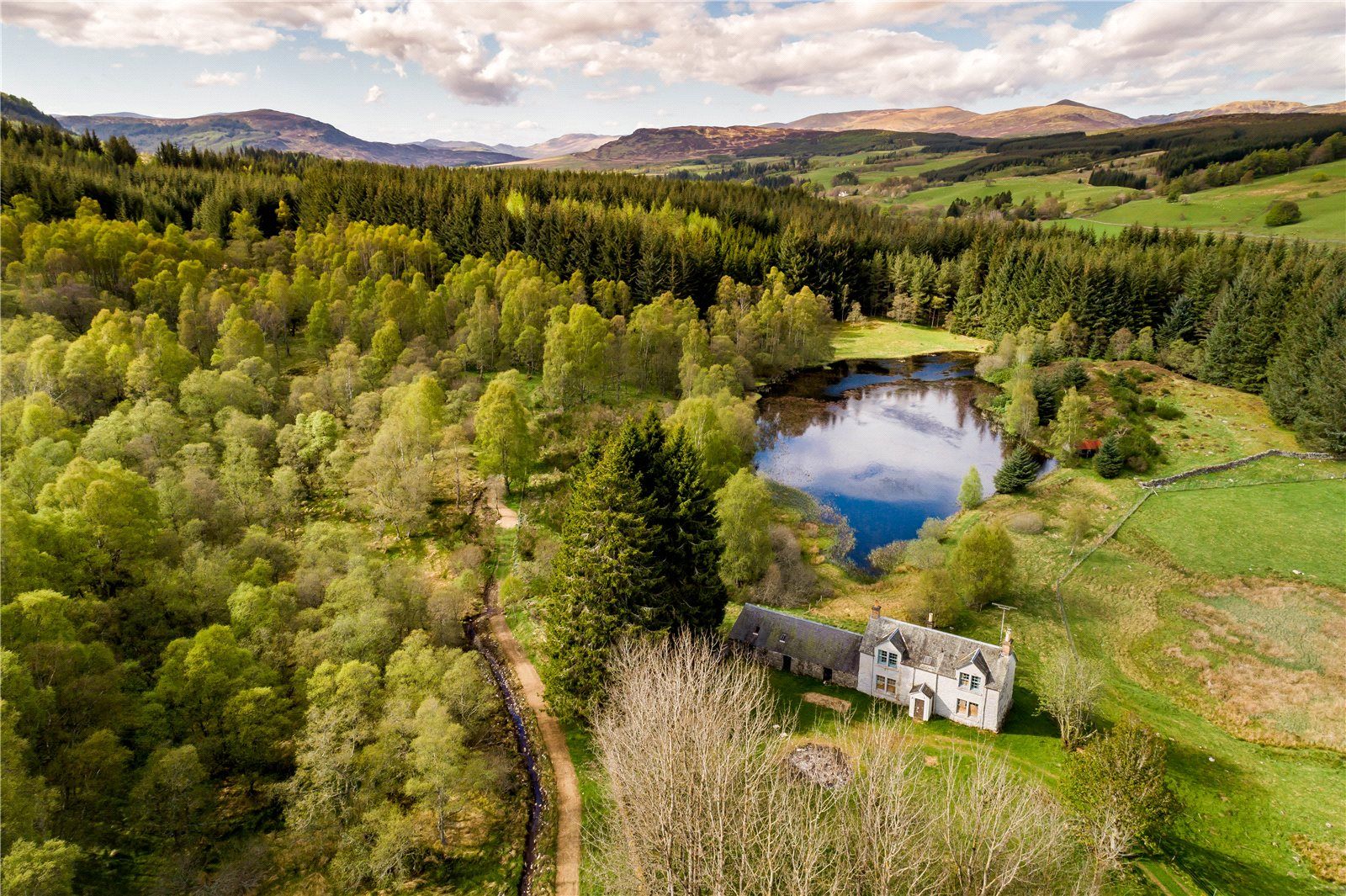
Credit: Galbraith
Your own loch and 65 acres of Scottish countryside for the price of small flat on the outskirts of London
-
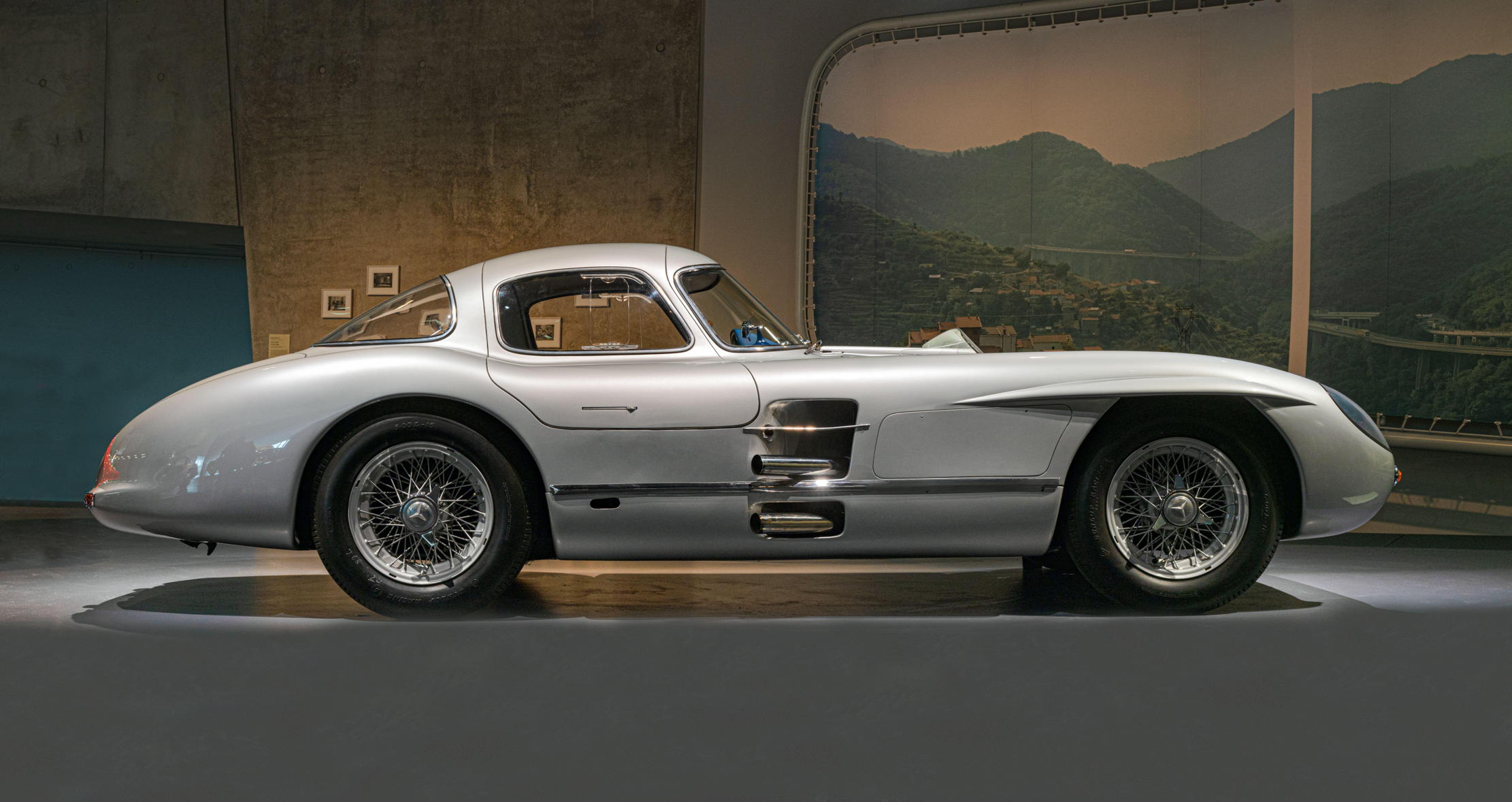 Jungle temples, pet snakes and the most expensive car in the world: Country Life Quiz of the Day, April 14, 2025
Jungle temples, pet snakes and the most expensive car in the world: Country Life Quiz of the Day, April 14, 2025Mondays's quiz tests your knowledge on English kings, astronomy and fashion.
By James Fisher Published
-
 Welcome to the modern party barn, where disco balls are 'non-negotiable'
Welcome to the modern party barn, where disco balls are 'non-negotiable'A party barn is the ultimate good-time utopia, devoid of the toil of a home gym or the practicalities of a home office. Modern efforts are a world away from the draughty, hay-bales-and-a-hi-fi set-up of yesteryear.
By Annabel Dixon Published
-
 A fairytale castle peeking above the treetops of Cumbria is for sale at just £2 million
A fairytale castle peeking above the treetops of Cumbria is for sale at just £2 millionAugill Castle has a wonderful backstory and a lifestyle business attached. .Annunciata Elwes tells more.
By Annunciata Elwes Published
-
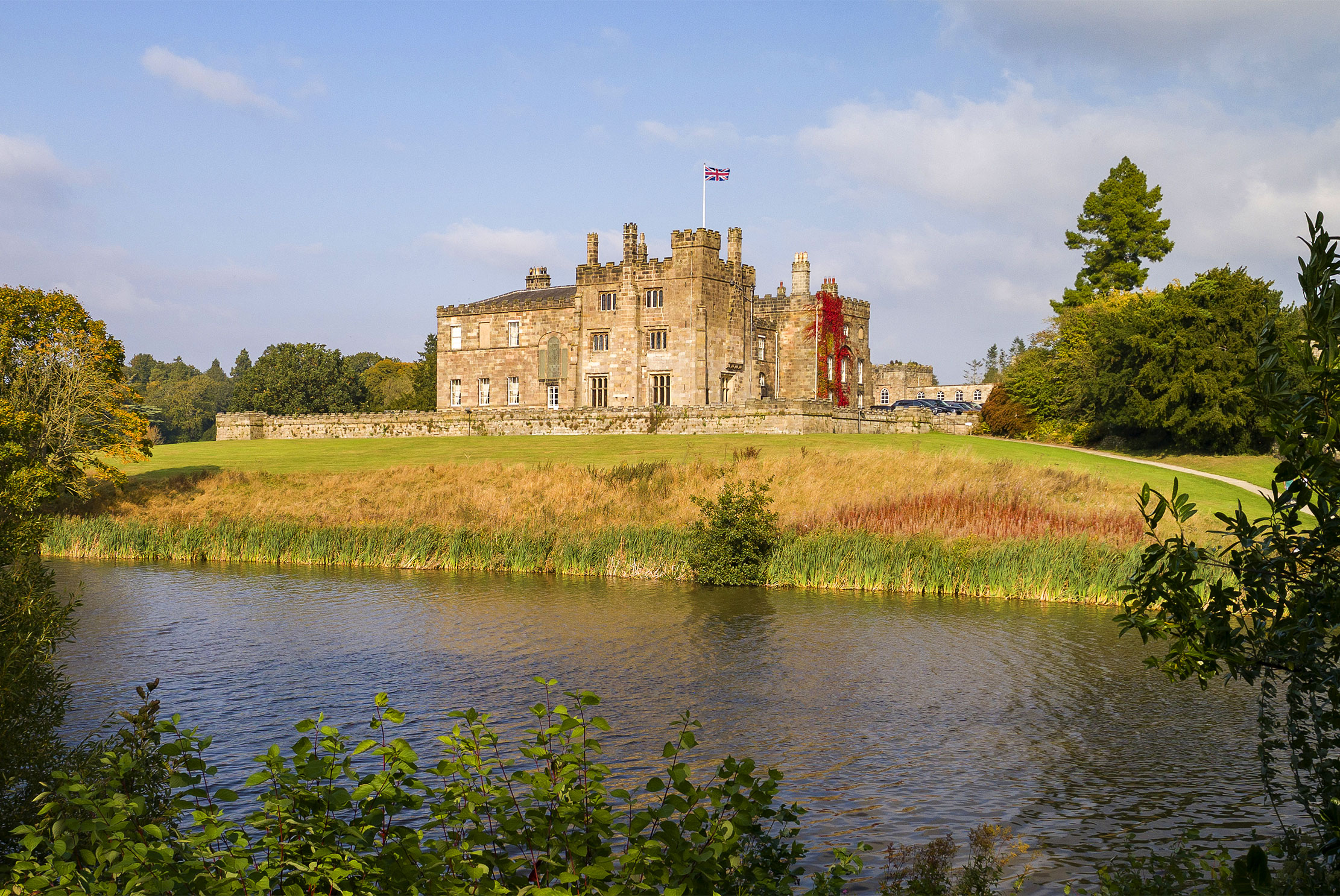 A £21 million castle that's come up for sale for the first time in 700 years
A £21 million castle that's come up for sale for the first time in 700 yearsRipley Castle in North Yorkshire has been the family home of the Ingilbys since the early 1300s. It's steeped in history, has a list of famous visitors over the centuries that include James I and Oliver Cromwell, and is now on the open market. Annabel Dixon takes a look.
By Annabel Dixon Published
-
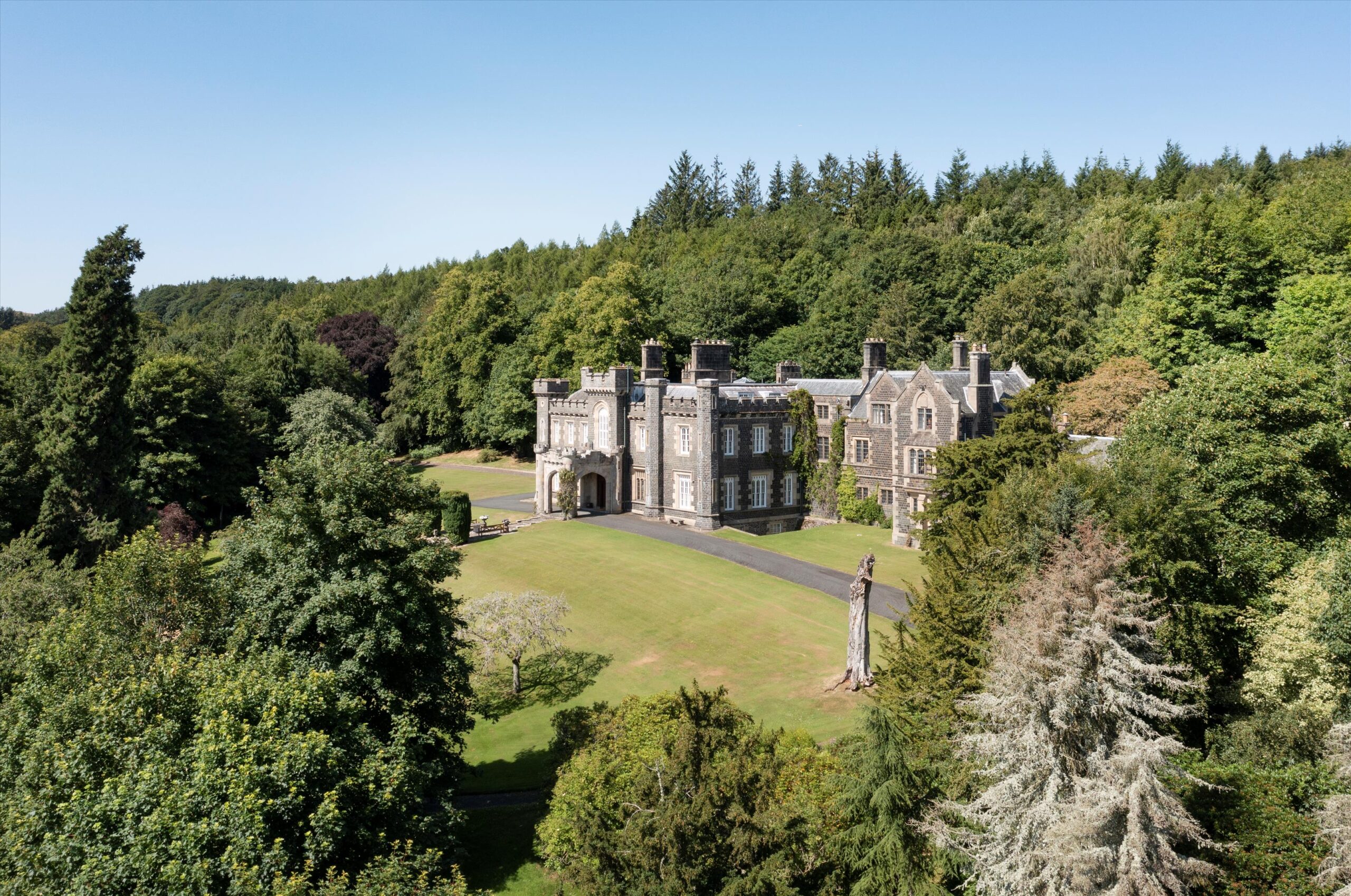 Spectacular Scottish castles and estates for sale, starting from under £700k
Spectacular Scottish castles and estates for sale, starting from under £700kA look at the finest castles, country houses and estates for sale in Scotland today.
By Country Life Published
-
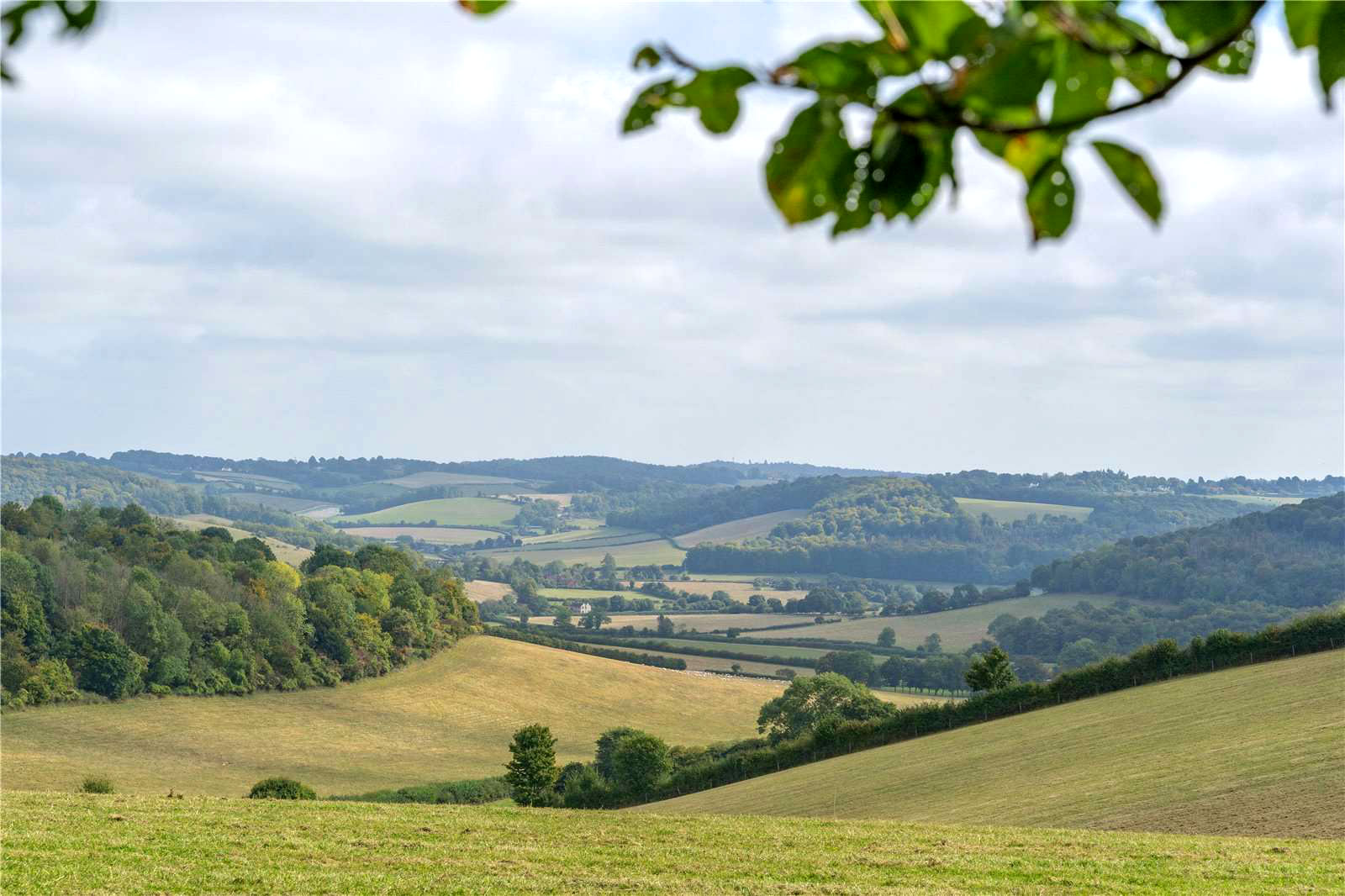 A true once-in-a-lifetime chance as 554 acres of blissful English countryside come up for sale in a location just 45 miles from central London
A true once-in-a-lifetime chance as 554 acres of blissful English countryside come up for sale in a location just 45 miles from central LondonPenny Churchill looks at the Southend Estate, where hundreds of acres of space are on the market just a stone's throw from the capital.
By Penny Churchill Published
-
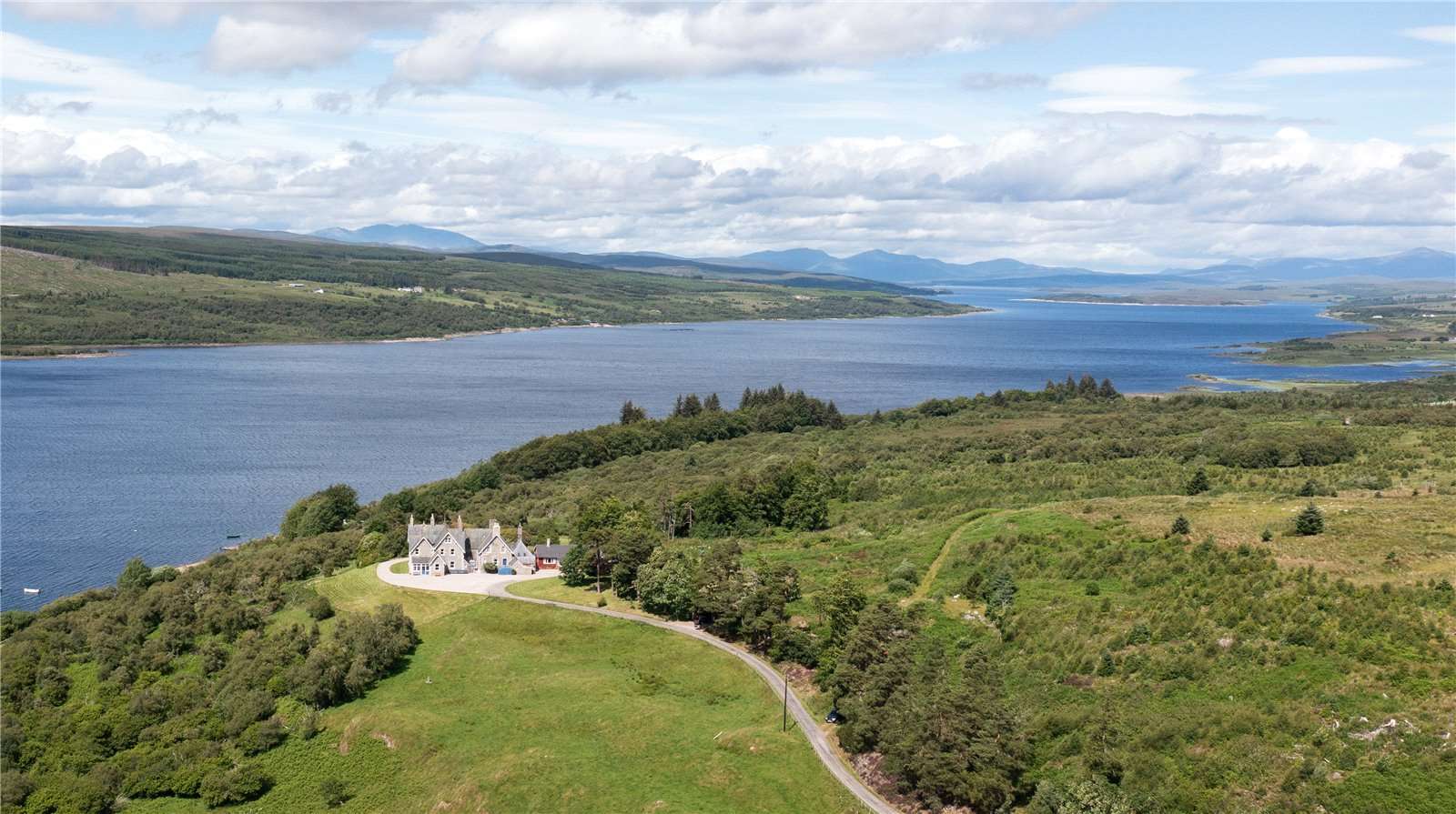 The Scottish house of your dreams has come up for sale beside a loch in the heart of the Highlands
The Scottish house of your dreams has come up for sale beside a loch in the heart of the HighlandsLairg Lodge is a glorious Highland retreat in a spectacular location. Penny Churchill takes a look.
By Penny Churchill Published
-
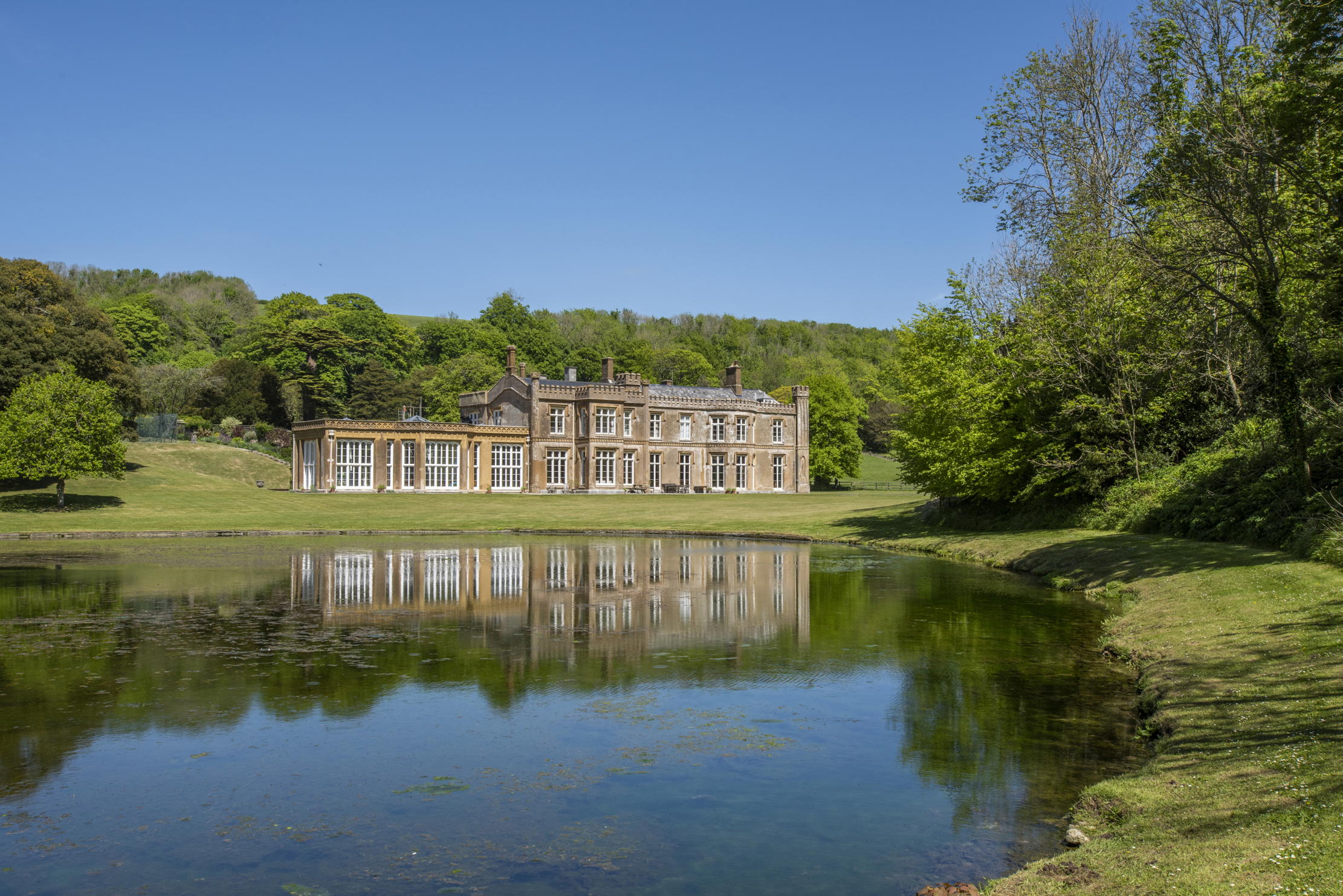 The £30 million Dorset estate that comes with a 200-year-old mansion, a cricket ground, a nature reserve and an entire village
The £30 million Dorset estate that comes with a 200-year-old mansion, a cricket ground, a nature reserve and an entire villageThe Bridehead Estate in Dorset has come up for sale — and it's quite an astonishing opportunity. Penny Churchill takes a look.
By Penny Churchill Published
-
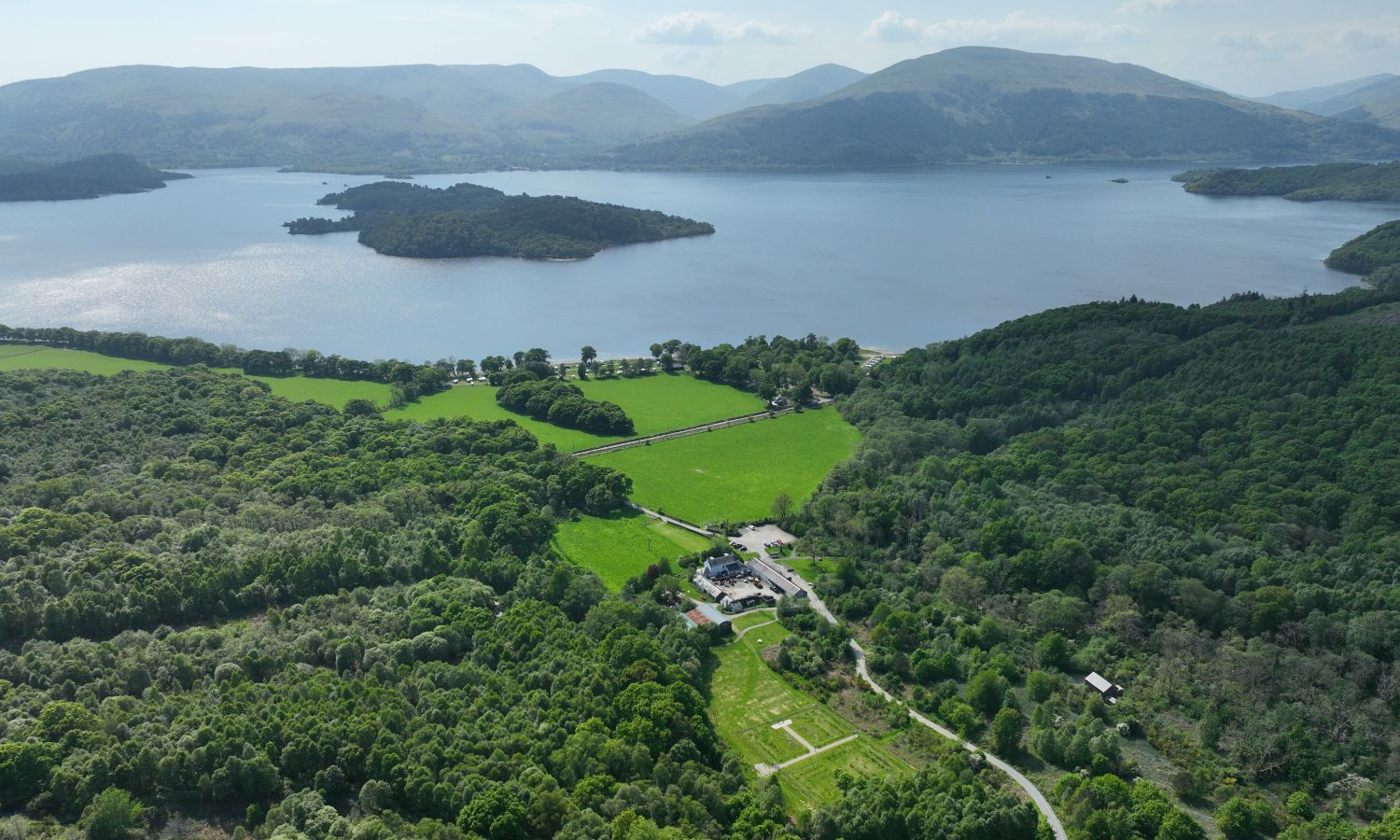 3,000 pristine acres of Loch Lomond National Park, where red squirrels roam spectacular woodland, have come up for sale
3,000 pristine acres of Loch Lomond National Park, where red squirrels roam spectacular woodland, have come up for saleThe magnificent Cashel Estate has come to the market, a true Scottish paradise.
By Toby Keel Published
-
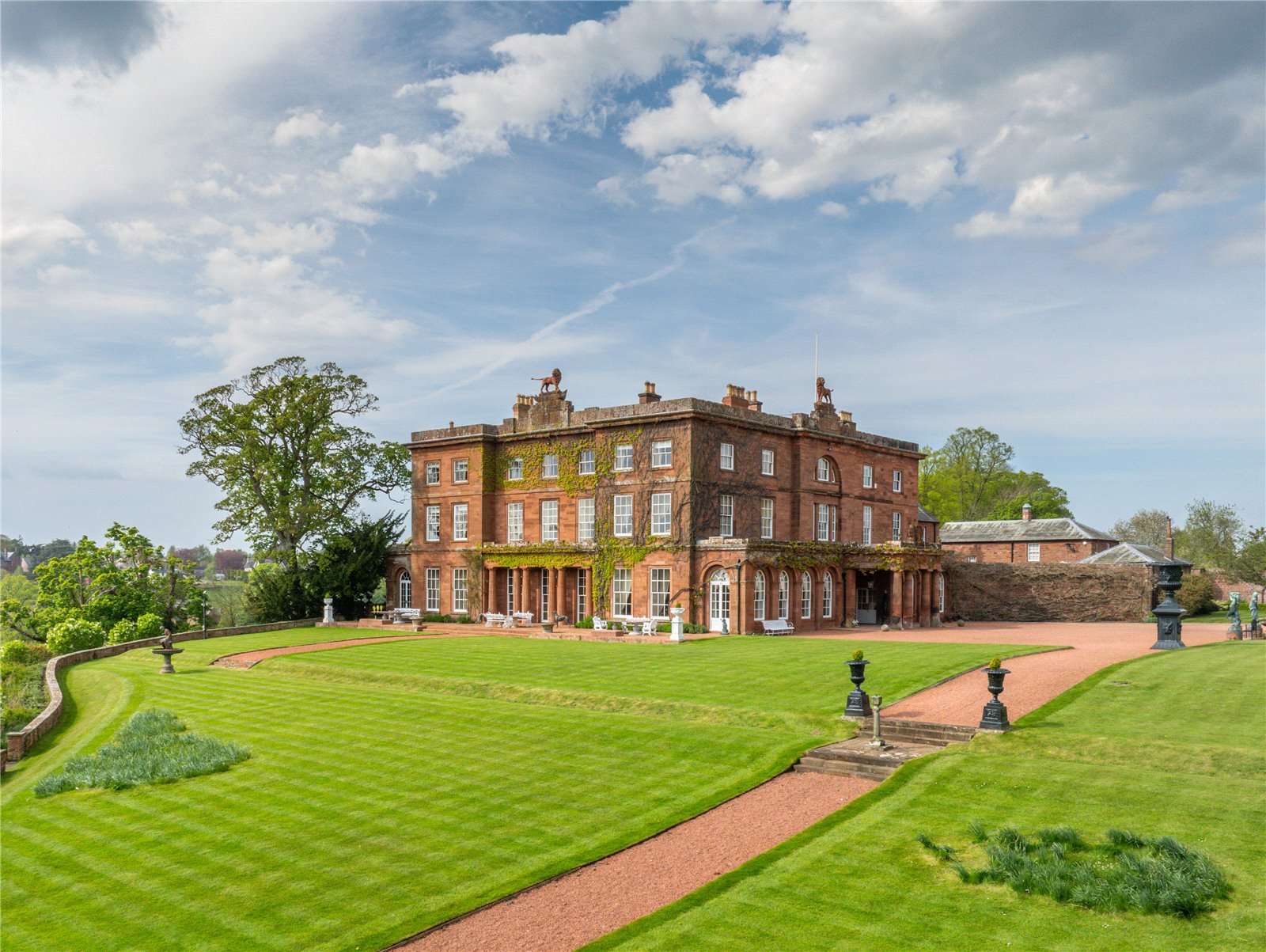 'One of Britain's greatest estates', complete with castle, river and 711 acres, is up for sale for the first time in a generation
'One of Britain's greatest estates', complete with castle, river and 711 acres, is up for sale for the first time in a generationCorby Castle in Cumbria is a true rarity: a Grade I-listed masterpiece that is on the market for the first time in a generation. Penny Churchill takes a look.
By Penny Churchill Published
